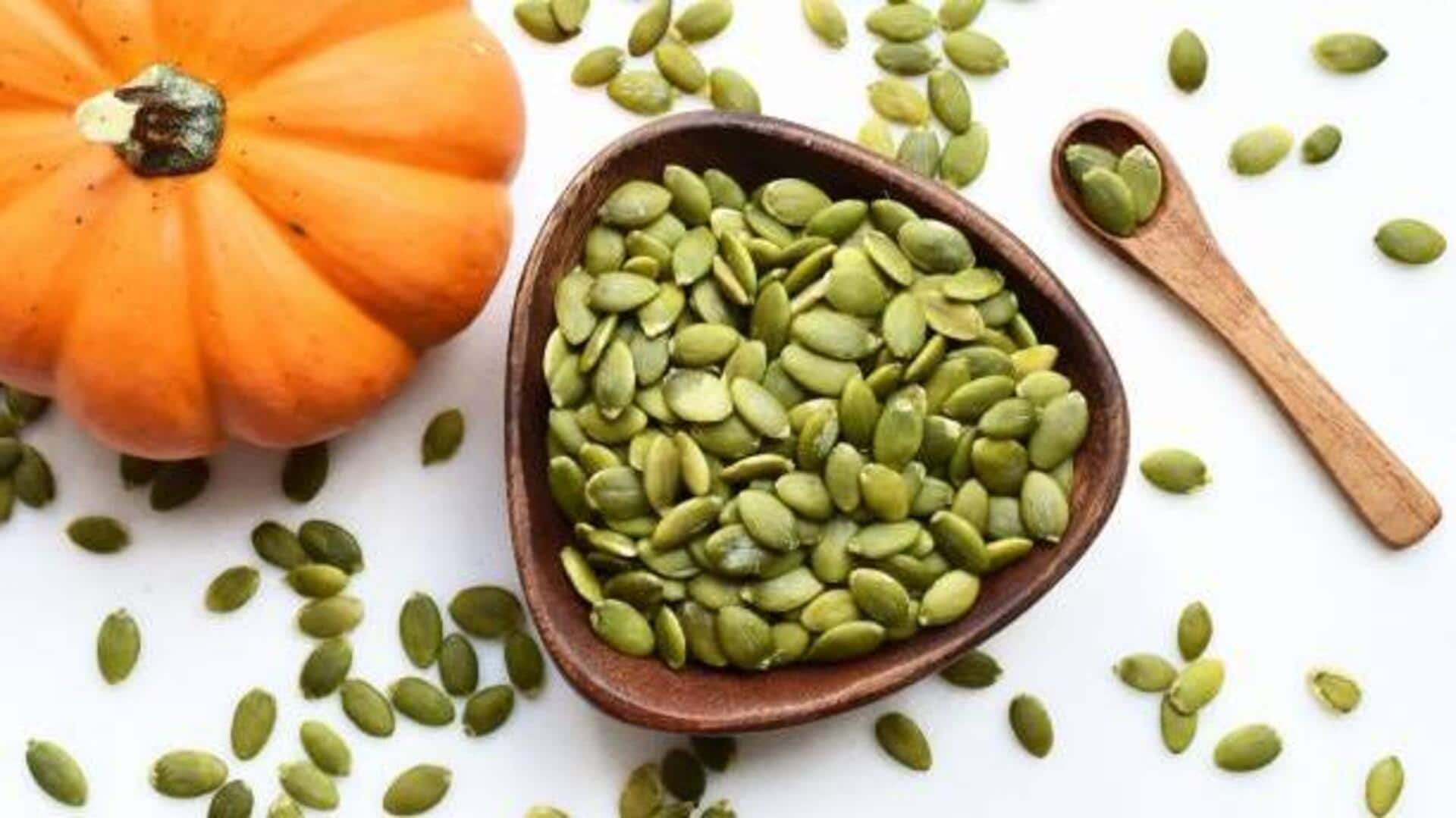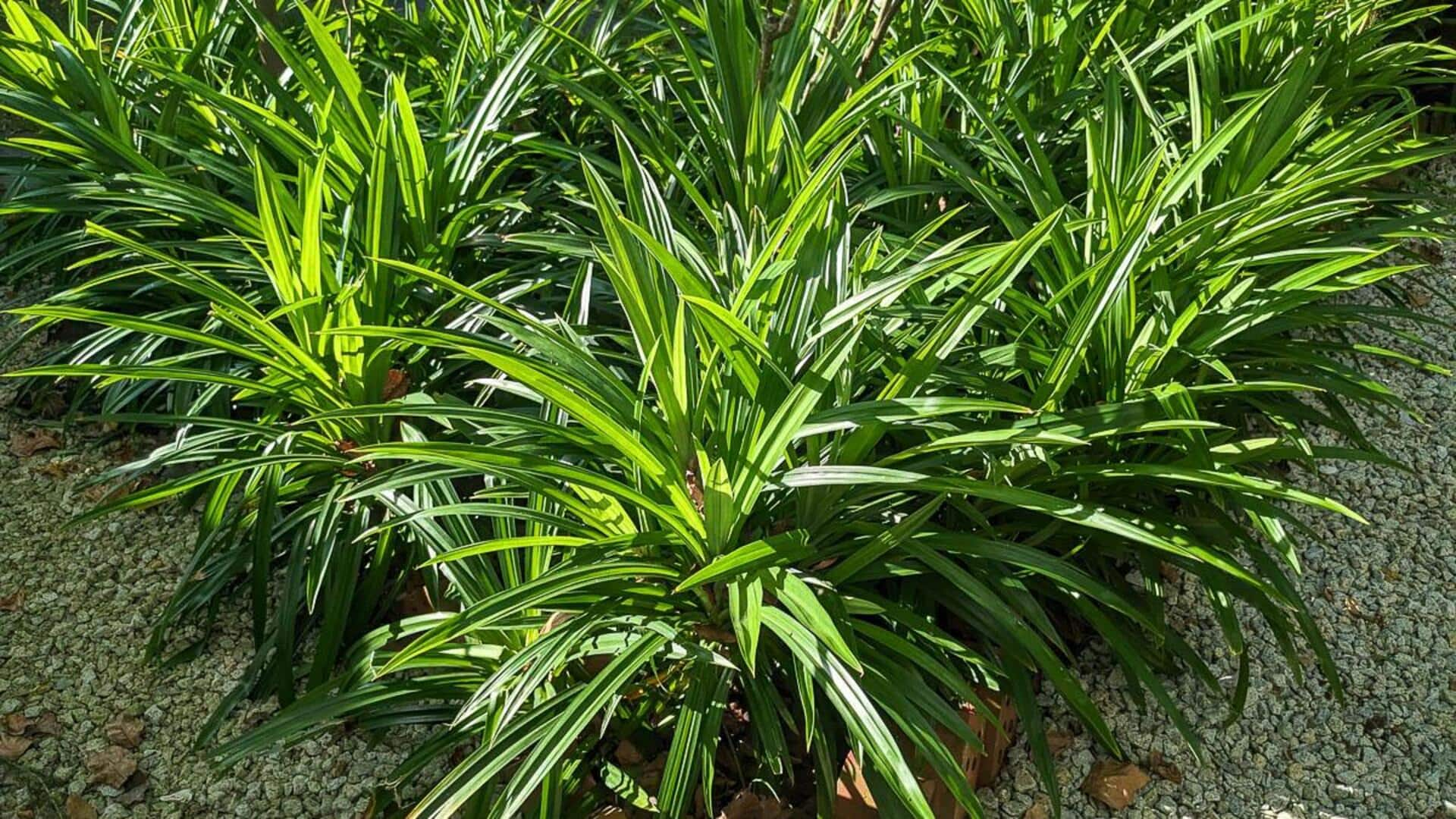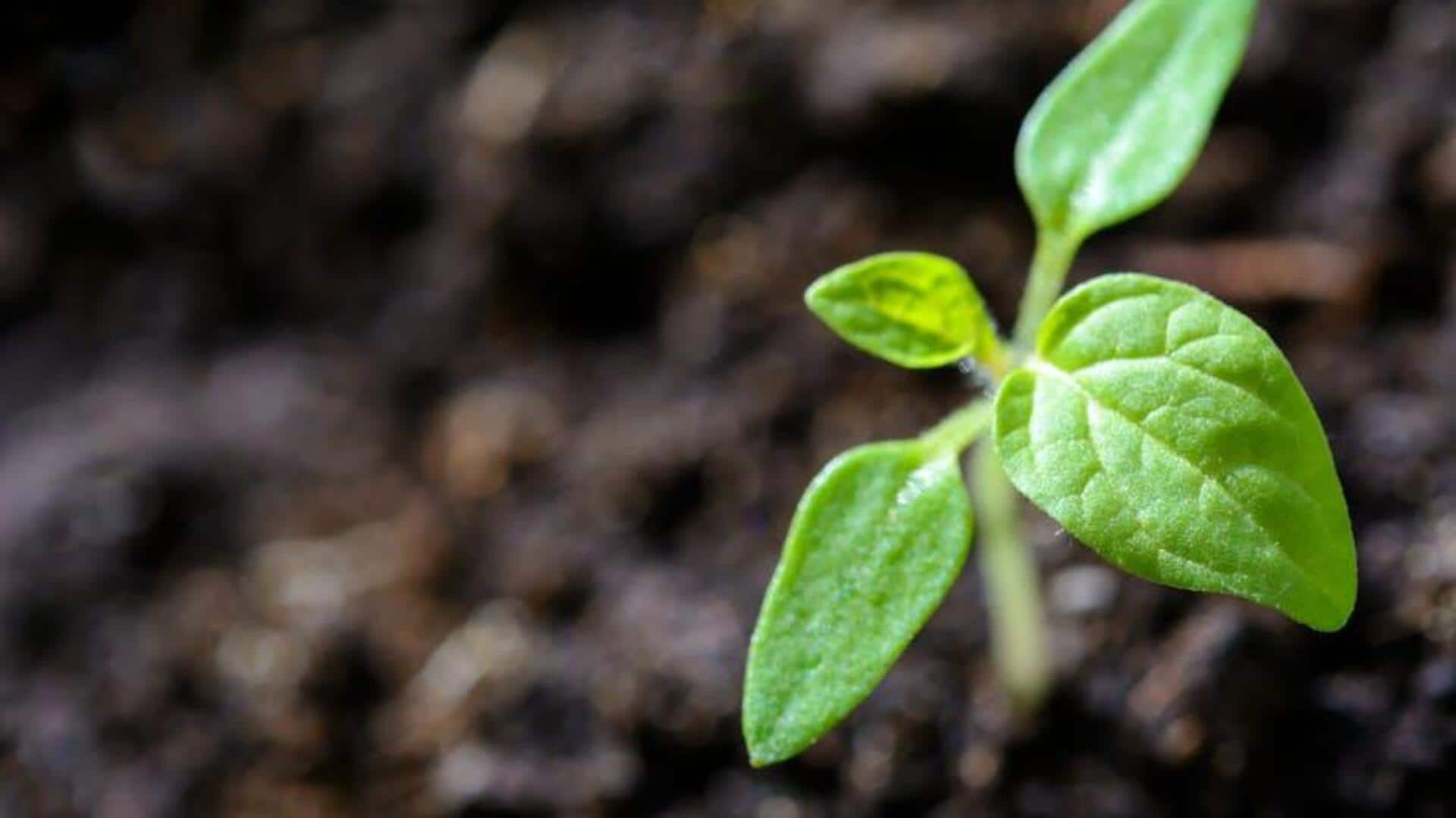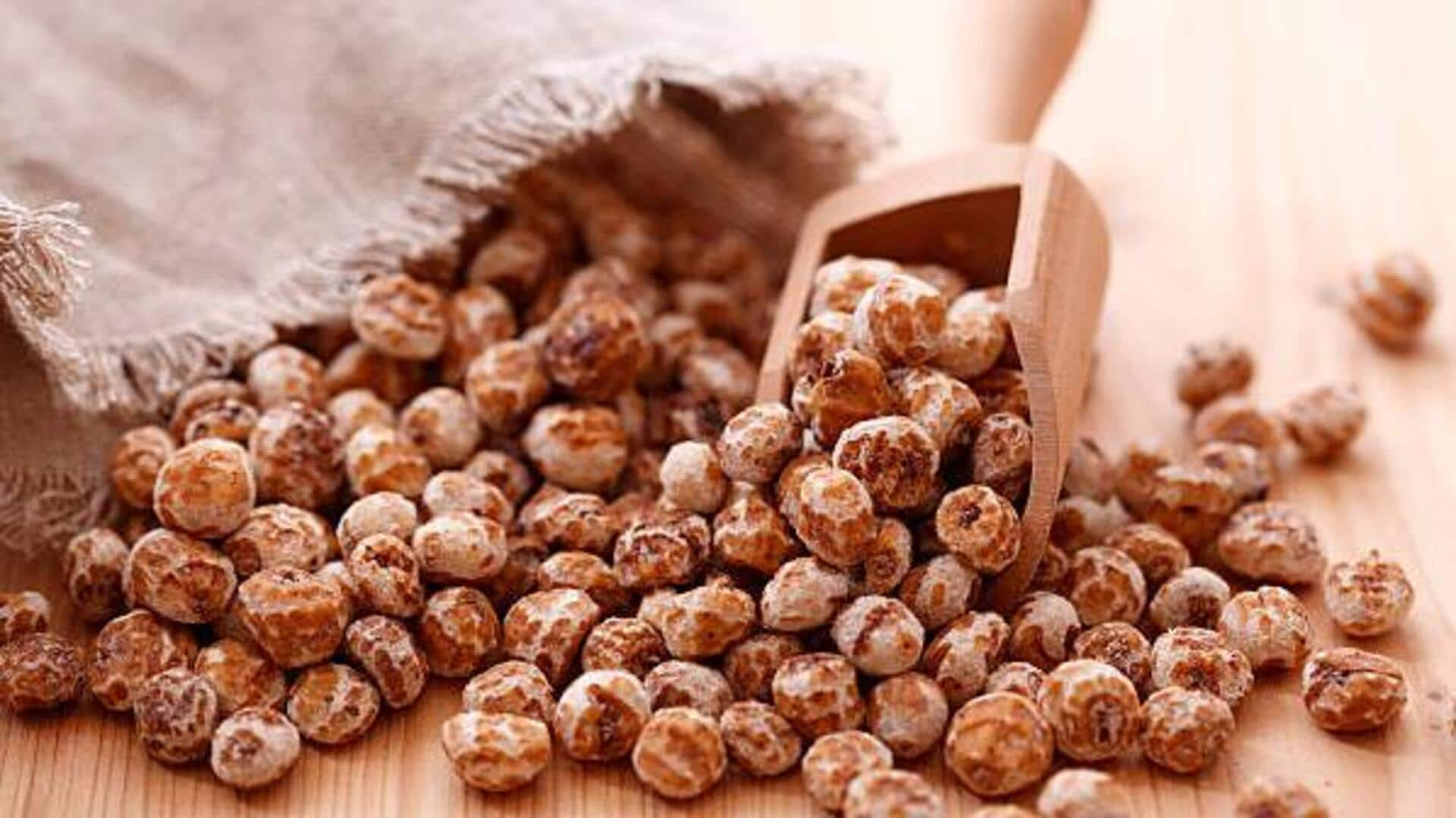Seed Selection is Key
The foundation of any successful microgreen harvest is, without question, the seeds that you choose. Selecting high-quality seeds specifically designed
for microgreen cultivation sets you up for success. Look for varieties known for their rapid germination and robust growth. Consider what flavors you enjoy, and what you would like to add to your dishes. Some common and simple microgreens include radish, broccoli, and mustard greens, all of which are simple to grow and taste delicious. Avoid using seeds that have been treated with chemicals. Always source from reputable suppliers to ensure you are receiving fresh, viable seeds that will sprout reliably. Ensure that the seeds are designed specifically for growing microgreens, to guarantee the best possible results, both in flavor and ease of growing. A great seed will lead to an even better harvest, and can give you an advantage from the very beginning of your microgreen journey.
Growing Medium Matters
The growing medium serves as the bedrock, and a high-quality medium is essential for the development of healthy microgreens. While various options exist, the most effective and most frequently used is a soilless mix. This blend, often made with coco coir, vermiculite, or peat moss, provides excellent drainage and aeration, reducing the risk of fungal diseases and root rot. Soil-based mediums can be a viable alternative, provided they are sterile and well-draining. Before sowing your seeds, ensure your chosen medium is properly moistened. Avoid oversaturating the medium, as this can lead to issues like damping-off disease. A moderately damp environment allows seeds to germinate, and promotes robust root development. Ensure you always use fresh and sterile growing medium to minimize any potential risks.
Optimal Lighting Conditions
Light is the lifeblood of microgreens, driving photosynthesis and fueling their vibrant growth. Finding the right light is a key component for growing your microgreens. Adequate light is essential for both the color and flavor of your microgreens. If growing indoors, direct sunlight is typically not a sufficient source, especially during the darker months. Supplement with grow lights, such as LED grow lights. Place your lights to ensure your plants receive enough light each day. The light source should be placed about two to four inches above the tray. Aim for 12 to 16 hours of light per day for the best results. The specific light needs may vary depending on the microgreen variety. Always monitor the greens, to ensure their health and well-being. Observe your plants for signs of light deprivation, such as leggy growth and pale color, and adjust your lighting accordingly. If the light is too intense, it can scorch the tender leaves.
Water Wisely, Sparingly
The right watering approach is a crucial factor in successful microgreen cultivation. While microgreens need water to thrive, too much can lead to problems. The best practice is to water consistently, but sparingly. Overwatering can cause mold and fungal growth, which will ruin your harvest. Water the growing medium directly, using a spray bottle to gently mist the surface. Avoid overhead watering, which can damage the delicate seedlings. The frequency of watering depends on factors like temperature and humidity. As a general rule, water when the surface of the growing medium starts to feel dry to the touch. Observe your microgreens closely. They should be slightly damp but not soggy. Proper watering habits promote healthy growth.
Harvesting at the Right Time
The timing of your harvest is key to maximizing the flavor and nutritional value of your microgreens. The ideal harvest time is typically when the first true leaves appear. This usually occurs within one to three weeks after planting, depending on the variety of microgreen. Inspect your seedlings regularly, looking for the formation of these leaves. At this stage, the microgreens are at their peak flavor and nutrient density. When harvesting, use clean scissors or a sharp knife to cut the microgreens just above the soil line. This will ensure you avoid cutting into any of the roots, to allow you to maximize your harvest. After harvesting, rinse the microgreens gently to remove any remaining seed husks or debris. Once you have harvested, consume or store immediately. Properly harvested microgreens are a delicious and nutritious addition to any meal.














